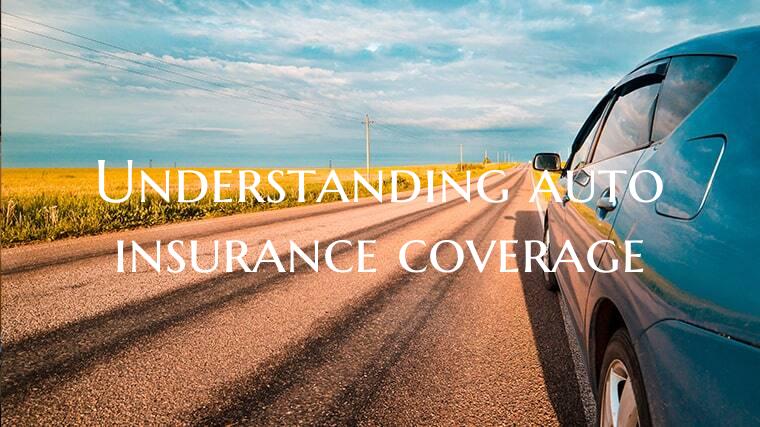Auto insurance is an essential financial safeguard that provides protection against costly damages and liabilities resulting from car accidents. Understanding the various aspects of auto insurance coverage is crucial for all drivers to make informed decisions that align with their needs and budget.
Types of Coverage: 1. Liability Coverage: This is the most basic type of auto insurance required in most states. It covers damages and injuries caused to others in an accident that you are legally responsible for. 2. Collision Coverage: This coverage helps pay for repairs or replacement of your vehicle in the event of a collision with another car or object, regardless of fault.
3. Comprehensive Coverage: Offers protection against non-collision related incidents such as theft, vandalism, natural disasters, and animal collisions.
4. Personal Injury Protection (PIP): Referred to as “no-fault” insurance, PIP covers medical expenses for you and your passengers, regardless of who is at fault in an accident.
5. Uninsured/Underinsured Motorist Coverage: This coverage protects you if you are involved in an accident with a driver who doesn’t have insurance or doesn’t have enough coverage to pay for the damages.
Factors Affecting Coverage and Premiums: 1. Driving Record: A clean driving record can lead to lower premiums, while accidents or traffic violations may result in increased rates. 2. Vehicle Type: The make and model of your car can impact insurance rates. Sports cars and luxury vehicles may cost more to insure due to higher repair or replacement costs.
3. Coverage Limits: Higher coverage limits will lead to increased premiums but offer better protection in the event of a severe accident. 4. Deductibles: Choosing a higher deductible can lower premiums but means you'll pay more out of pocket before insurance coverage kicks in.
Tips for Choosing Auto Insurance: 1. Evaluate Your Needs: Consider factors like the value of your car, your driving habits, and financial situation when selecting coverage types and limits. 2. Shop Around: Compare quotes from multiple insurance providers to find the best coverage at a competitive price.
3. Review Policy Annually: Regularly review your auto insurance policy to ensure it still meets your needs and make adjustments as necessary.
To drive legally and with peace of mind, understanding auto insurance coverage is vital. By knowing the types of coverage available, the factors that influence premiums, and how to select the right policy, drivers can protect themselves and their assets on the road.

